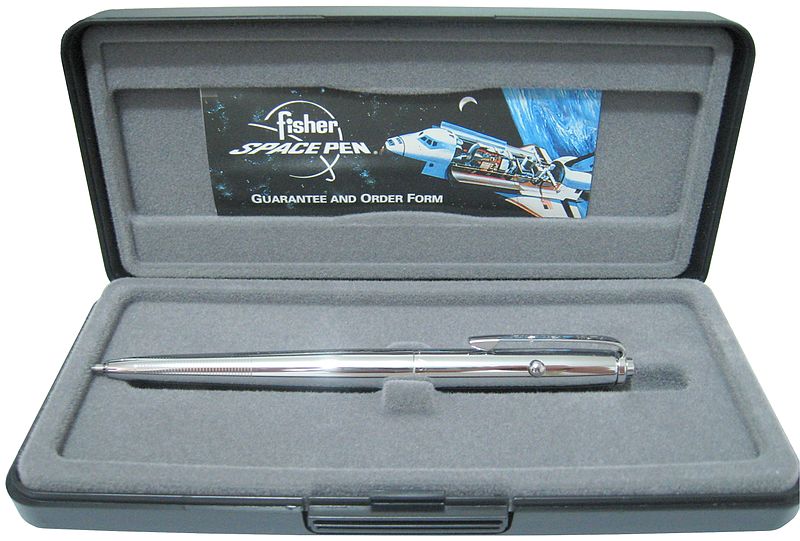That close and obsessive reader, Tyler Cowen of the Marginal Revolution, posted this great passage from Kitty Burns Florey’s book, Script and Scribble: The Rise and Fall of Handwriting:
“There’s a popular myth that NASA spent ‘millions’ of dollars developing a pen for astronauts to use in the weightless environment of a space ship — while their sensible Russian counterparts were happy to use the low-tech pencil. Alas, for all its appeal and plausibility, this is not true. Initially, astronauts and cosmonauts were both equipped with pencils, but there were problems: if a piece of lead broke off, for example, it could float into someone’s eye or nose. A pen was needed, one that would defy gravity, write in extreme heat or cold, and be leak proof: blobs of ink floating around the cabin would be more perilous than a stray pencil lead. A long-time pen maker named Paul C. Fisher patented the ‘space pen’ in 1965 (which he had developed at the cost of a million dollars, at the request of but not under the auspices of NASA.) NASA bought four hundred of them at $6 each, and, after a couple of years of testing, the pens were put into space.”
••••••••••
Manufacture of the Fisher Space Pen:

